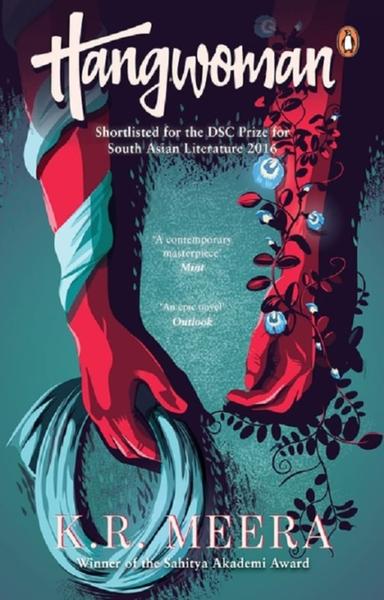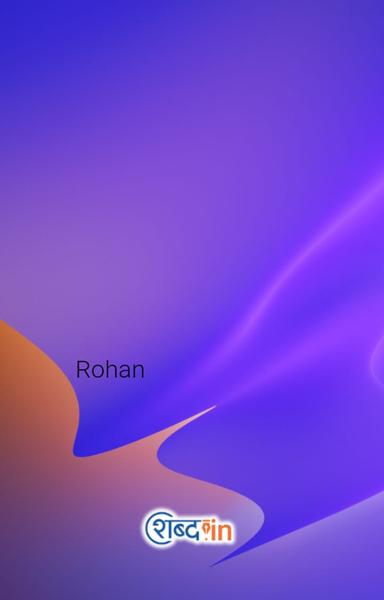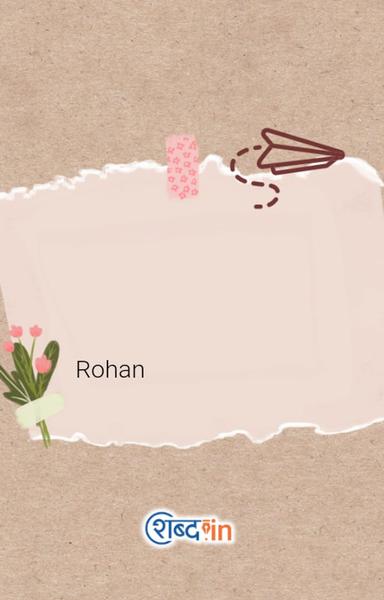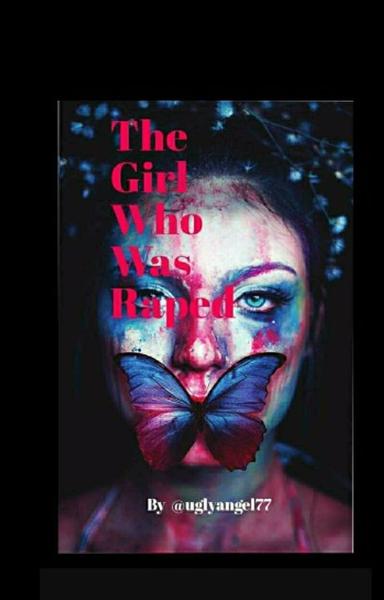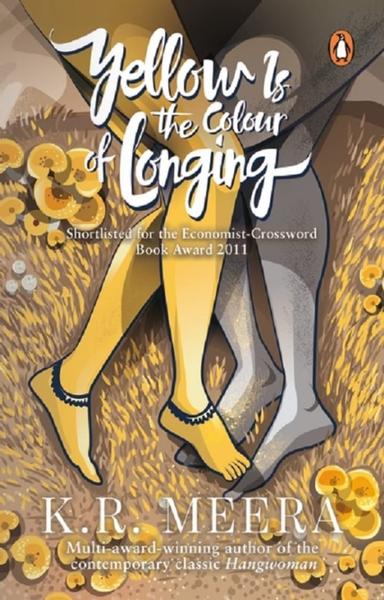
Yellow is the Colour of Longing
K. R. Meera
"Manja" is a much hated colour in Kerala be it Manjapathram (Yellow Journalism) or Manjanovu (jaundice), both being corrosive for inviduals. Ironically, Manja is ubiquitous in Kerala, be it the colour of the Casuarina (Kerala's official flower), the craze for the Manjaloham (Gold) or the canary yellow of the SNDP flag. Mohamanja extends the Yellow metaphor to the perceptions on man-woman relationships in Keralan society. The story revolves around a man and a woman-- strangers-- who meet at the outpatient division of a hospital. Both are afflicted: woman suffering from an undiagnosed disease ad the man, a new strain of influenza. Casual glances at each other and shared laughter (or strong desire?) soon lead these strangers to the coffee shop, the movie-theatre and a lodge-room. The story draws a close parallel between disease and desire so much so that one becomes the other--with terrible consequences though. Meera, like many others among the new breed of Malayalam women writers, has confidently addressed sexuality and gender identities prevailing in keralan culture. The story pivots around sexual desire, first communicated by the yellow/grey eyes and later consummated by the feverish/yellow bodies. Desire gets the better of the two frail humans who end up making love in a shabby hotel room. Both miss the doctor's appointment--maybe the cure for their disease lies elsewhere. The woman returns home but is soon down with fever. She is diagnosed with Jaundice. As she recovers, a few weeks later, she accidently glances upon a scrap of paper where she reads the obituary of her MAN. He died of jaundice! Meera makes an attempt to diagnose the ills of a society where desire comes to be seen a disease. Pseudo morality of the Keralans is the target here as the man and the woman, despite being the parents of two children each, give in to their desires and instantly fall in love with each other. Kerala is putatively a sex-starved society where even marriages supposedly lose the charm of physical sex after a few years. However, Meera's narrative mostly adheres to the typical male take on women: women are dissatisfied with their sexual partners and a warm smile, a decent glance and a soft touch are sure to win them over. The point of view employed is that of a third person narrator/commentator who seems to be unabashedly patriarchal in his gaze. It is not accidental that Meera presents a divorcee mom of two children in her mid thirties as the victim of the itchy situation: she is there to be taken and it is upto the Keralan MAN to drive her feverish and then satiate her desires. The strange ways of women in love are alluded to and feeds man's fantasies of feminine sexuality.
K. R. Meera
1 Followers
5 Books
 );
);Read Book
- Cookery
- Biographical Memories
- Children's Literature
- Comedy-satire
- Comics-Memes
- Education
- Feminism
- History
- Horror-paranormal
- Law & Order
- Love-Romance
- Self Help
- Sports-Sportspersons
- Suspense-Thriller
- Science-Technology
- Travelogue
- Other
- Diary
- Criticism
- Science-Fiction
- Social
- Erotic
- Familial
- Religion-Spiritual
- Craft-Hobby
- Crime-Detective
- Contemporary Stories
- Action
- Astrology
- Animals
- Literature & Fiction
- Trade-Money
- Translation
- Motivational
- Health-Fitness
- Latest Books
- Top Trending Books
- Listed Books
- Printed Edition Books
- Audio Books
- Reviewed Books
- Novel
- Story/ Story collection
- Poem/Poetry collection
- Magazine
- General Books
- Book Competition
- All Books...
Read Articles
- Poem on new year
- Your expectations from 2025
- Social-Emotional Learning
- Memories of 2024
- Daughters and society
- The Future of Artificial Intelligence
- Your views on domestic violence law
- Misuse Of Feminism
- City of dreams
- Coup In Syria
- Importance Of Financial Literacy
- Virtual Reality
- Winter's Morning
- Steps to success
- Loss Of Hopes
- A world without colour
- The curse of child marriage
- Constitution Day
- Fictional Space
- An Incomplete Love Story
- All Articles...


